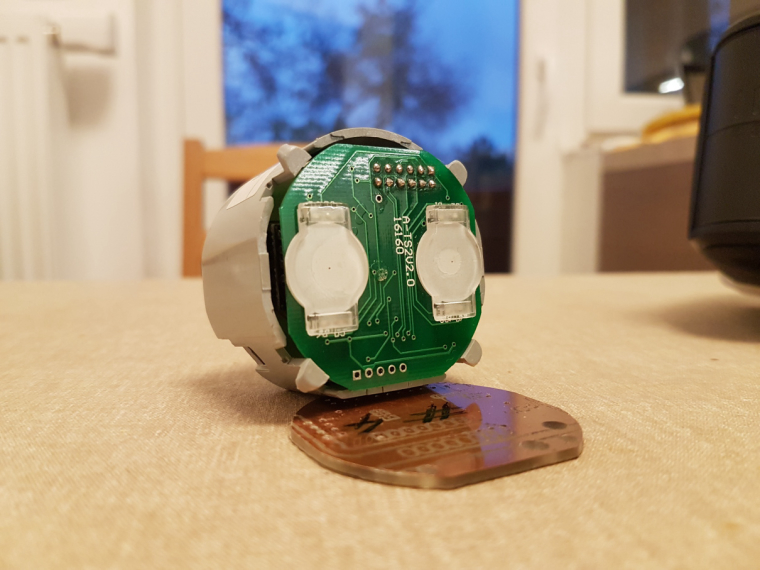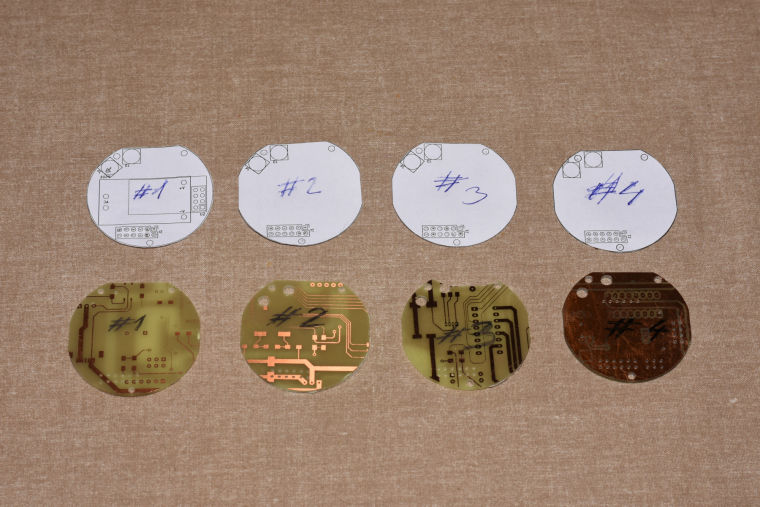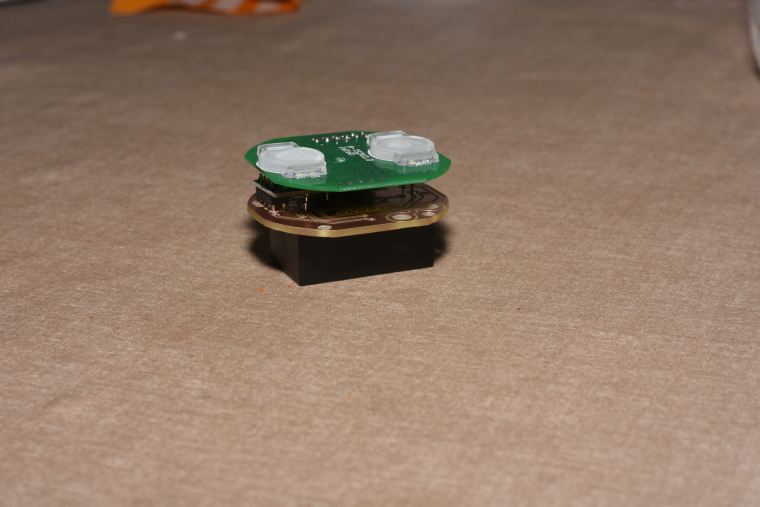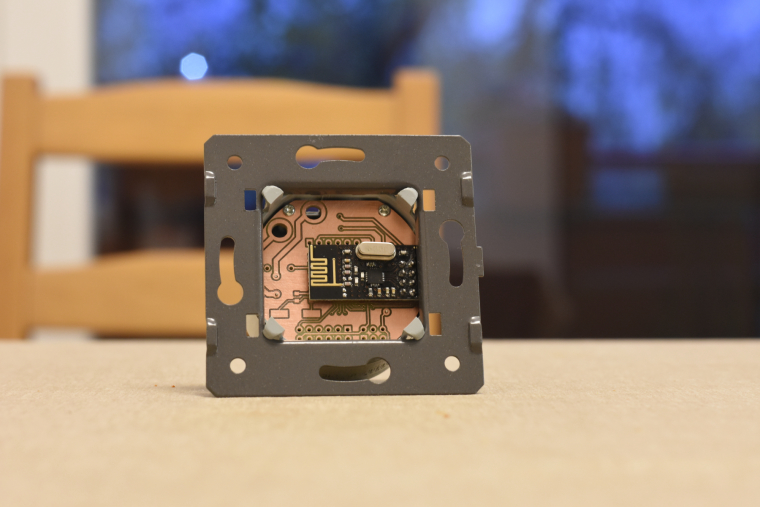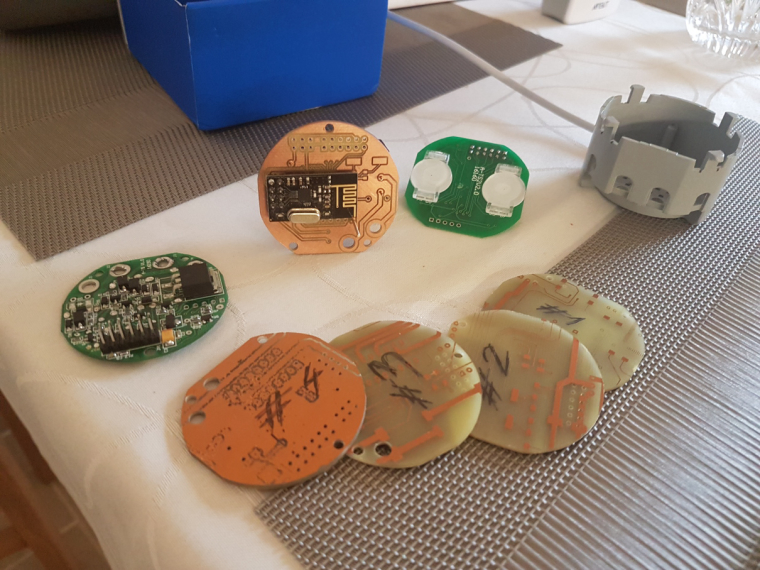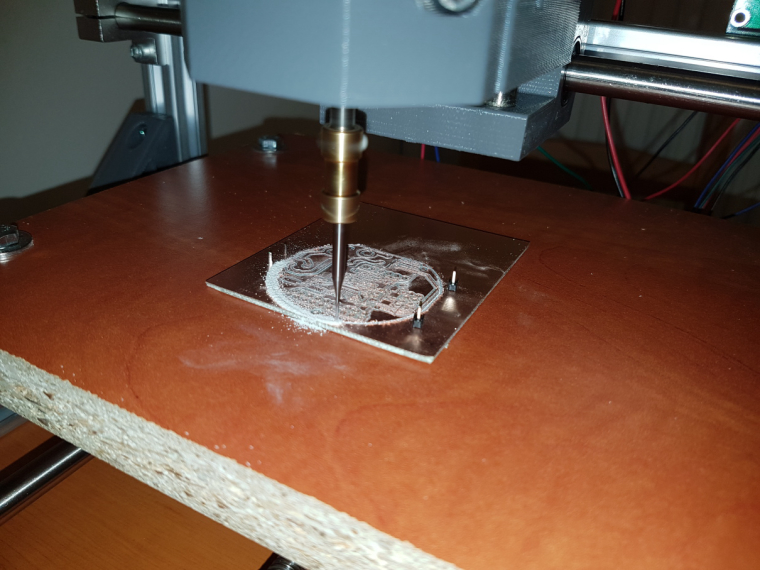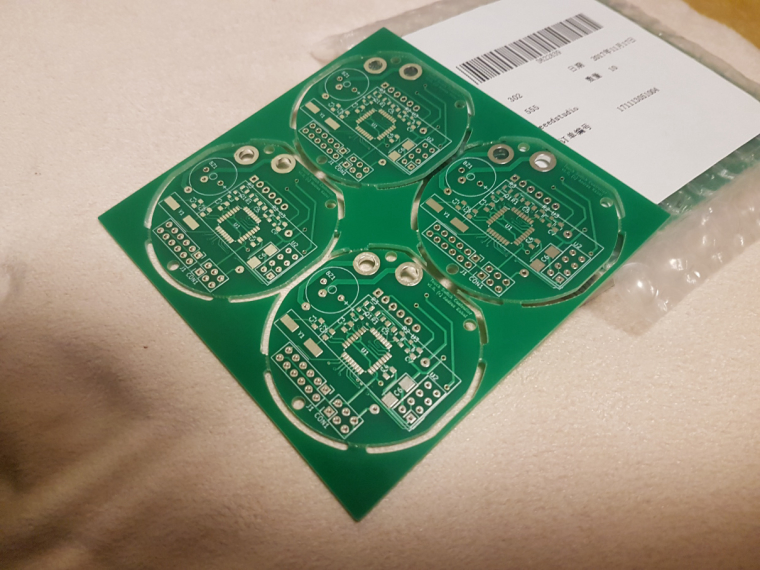What did you build today (Pictures) ?
-
@NeverDie said in What did you build today (Pictures) ?:
I've been trying to Johnny Appleseed this,
What have you been trying to do? 😅
@gohan said in What did you build today (Pictures) ?:
@NeverDie said in What did you build today (Pictures) ?:
I've been trying to Johnny Appleseed this,
What have you been trying to do? 😅
I posted a lot of nRF5 PCB's hoping that others would find some appealing and jump on the nRF5 bandwagon, but so far not much seems to have happened. Aside from some helpful feedback/suggestions from @nca78, I'm not really any better off than if I hadn't bothered. I'm not sure what motivates other PCB posters, but the feedback/suggestions have been the only real payoff for me. Unfortunately, most PCB postings have garnered zero, even if there appear to have been a lot of downloads.
-
@gohan said in What did you build today (Pictures) ?:
@NeverDie said in What did you build today (Pictures) ?:
I've been trying to Johnny Appleseed this,
What have you been trying to do? 😅
I posted a lot of nRF5 PCB's hoping that others would find some appealing and jump on the nRF5 bandwagon, but so far not much seems to have happened. Aside from some helpful feedback/suggestions from @nca78, I'm not really any better off than if I hadn't bothered. I'm not sure what motivates other PCB posters, but the feedback/suggestions have been the only real payoff for me. Unfortunately, most PCB postings have garnered zero, even if there appear to have been a lot of downloads.
@NeverDie @scalz To get the nRF5 series adopted by MySensors and its users I think we should start with a single board. We have to make sure it is easy to obtain/replicate (by using a ready available module, or using a hardware partner where people can just order the board) and supply the required getting started docs.
I really appreciate all the work done on the nRF5 support, but now we have to take the leap from prototype to 'production' to get it adopted by the community. -
@NeverDie @scalz To get the nRF5 series adopted by MySensors and its users I think we should start with a single board. We have to make sure it is easy to obtain/replicate (by using a ready available module, or using a hardware partner where people can just order the board) and supply the required getting started docs.
I really appreciate all the work done on the nRF5 support, but now we have to take the leap from prototype to 'production' to get it adopted by the community. -
@Yveaux said in What did you build today (Pictures) ?:
@NeverDie @scalz To get the nRF5 series adopted by MySensors and its users I think we should start with a single board.
I think that's a good idea. A standardized reference platform would really help in building some forward momentum. How about you start a thread saying exactly what it is that you'd want the board to be like, and maybe it will gather some consensus and someone will make it. Like I say, I've launched numerous trial balloons, and it's just not an efficient way to get there from here. My guess is it will be some kind of multi-sensor board, maybe even the same as what @scalz and/or @nca78 are already doing.
-
@Nca78
It was just a private joke :) If I inspire some people, then I'm glad! Because like you said, aeos is different (better mcu, more ios&sensors, and latest unpublished revision is..more generous).But, if you're trying to make a "aeos" (same sensors for instance) in future, then i don't get the point..why reinventing the wheel? Your board has qfn/dfn footprints too, so I don't see how it's easier to handsolder.
If this is related to Ic's price, there are lot of different ways to get them cheaper.You should maybe use stencils (maybe you already do it) that will save your day ;)
Keep the good work
@NeverDie yep, agree with you
@scalz said in What did you build today (Pictures) ?:
@Nca78
But, if you're trying to make a "aeos" (same sensors for instance) in future, then i don't get the point..why reinventing the wheel? Your board has qfn/dfn footprints too, so I don't see how it's easier to handsolder.Bigger board won't have those QFN and LGA footprints of course ;)
As you say I don't want to reinvent the wheel, especially one that'll look square compared to yours :D
But I think it's important we still have a DIY option available for those who don't like soldering LGA or 0402, an equivalent of using the pro mini for the nrf5 world. -
This sunday a friend of mine and I did not know what to build. So we decided to use a project designed by @Yveaux
SourceI received 2 new CDEByte antennas that needed a range test. As I live in a mansion.... Next to a park we figured out that walking 1 degrees outside would be an excellent time to do a range test. It was not raining so.....
Our conclusion would be:
- Cheap ass NRF... good enough for indoor usage.. if it can mesh.
- Cheap ass Amplified NRF.. good enough in the house, needs a bit more space and power, but works quite well.
- CDEByte... not cheap.. but man my hands were freezing outside due to the long range.. And according to @Yveaux we could achieve a higher range if we would have set the power to MAX... During testing this was MIN.
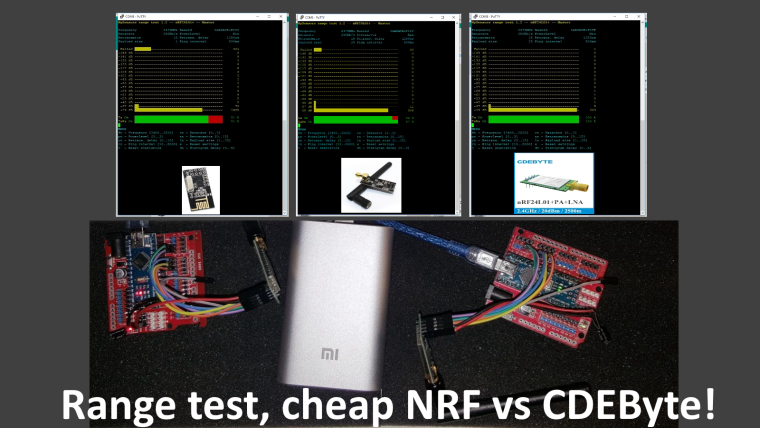
-
This sunday a friend of mine and I did not know what to build. So we decided to use a project designed by @Yveaux
SourceI received 2 new CDEByte antennas that needed a range test. As I live in a mansion.... Next to a park we figured out that walking 1 degrees outside would be an excellent time to do a range test. It was not raining so.....
Our conclusion would be:
- Cheap ass NRF... good enough for indoor usage.. if it can mesh.
- Cheap ass Amplified NRF.. good enough in the house, needs a bit more space and power, but works quite well.
- CDEByte... not cheap.. but man my hands were freezing outside due to the long range.. And according to @Yveaux we could achieve a higher range if we would have set the power to MAX... During testing this was MIN.

-
Over the weekend I hacked the previously battery powered Minecraft lights in the Minecraft bedroom (doesn't everyone have one?). Now there's no more replacing batteries and OpenHAB controls include On, Off, Brightness and Flame Flicker.
This is the reason I was asking about establishing power distribution in the attic. I've decided to distribute 12v and drop to 5 or 3.3 only as needed.
More info and video: https://techconz.com/smart-home/minecraft-lights/


-
Received the PCB today, so I put together this leak detector for testing:
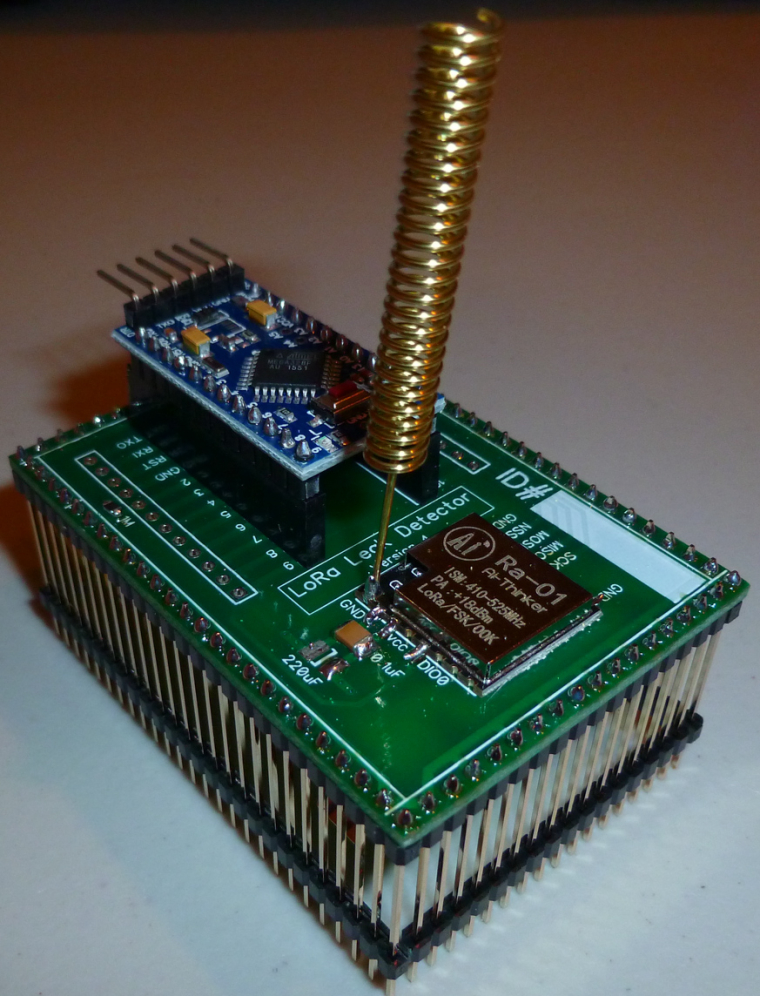
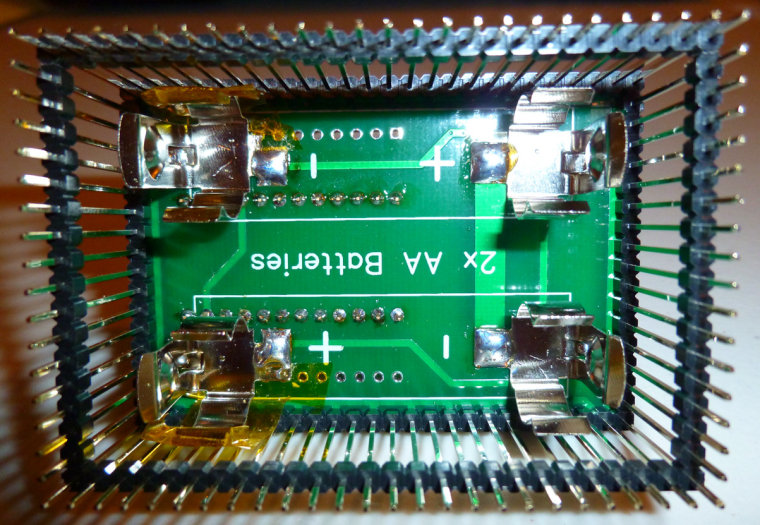
Looks as though some of the physical clearance tolerances are a bit tight, so I'll have to do another spin after changing the PCB layout. Some Kapton tape will compensate for now and allow for some initial testing. -
Not MySensors, but related. Power over Ethernet (802.3af compliant) addon for the raspberry pi zero. I plan to use this for high power & high reliability devices where wireless will not work.
Top one is a higher power version, bottom one just uses an off the shelf regulator.

Currently these just have some IR LED's to control IR devices.
-
Not MySensors, but related. Power over Ethernet (802.3af compliant) addon for the raspberry pi zero. I plan to use this for high power & high reliability devices where wireless will not work.
Top one is a higher power version, bottom one just uses an off the shelf regulator.

Currently these just have some IR LED's to control IR devices.
@SquareKinematics
Very useful to have. Not sure if you're aware, but you can buy PoE power adapters off the shelf. Even Amazon sells them. You select the output voltage you want with a slide switch. -
@SquareKinematics
Very useful to have. Not sure if you're aware, but you can buy PoE power adapters off the shelf. Even Amazon sells them. You select the output voltage you want with a slide switch.And so it it almost Christmas...
Jolly jolly.. wel actually no....
We have had wet feet from the central heating system serveral times now around Christmas or New Year.
Causing a wet floor and other possible disasters. Yes I know.. A Central Heating Mechanism should not leak, you could try putting a bucket underneath... But that is not 'that home automation' smart that I was looking for.So to detect a leakage.... I came up with this some time ago.
Pretty standard, a few wires... a Mysensors Node... and Pushover to send me urgens notifications about the leakge.
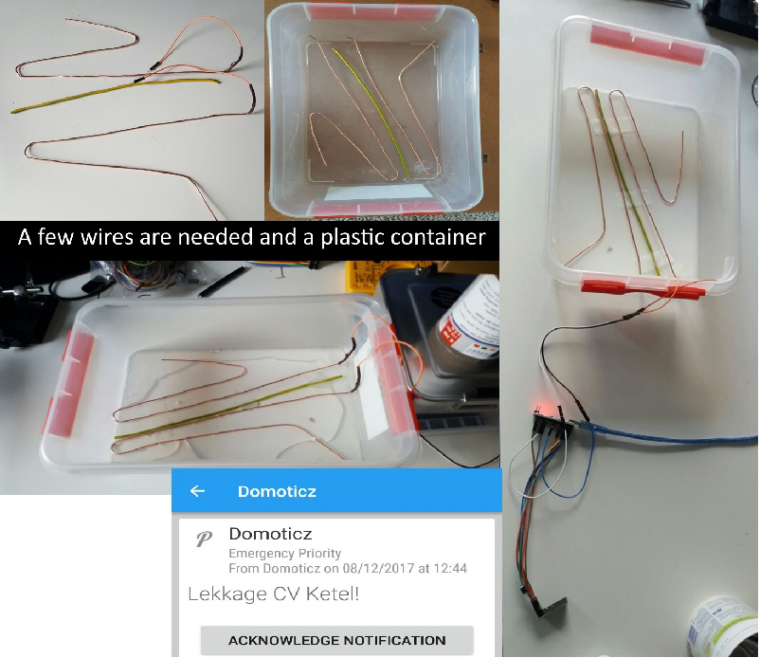 link url))
link url))And ladies and gentlemen it actually works as you can see in the pushover sreenshot, it kicked off today.
-
And so it it almost Christmas...
Jolly jolly.. wel actually no....
We have had wet feet from the central heating system serveral times now around Christmas or New Year.
Causing a wet floor and other possible disasters. Yes I know.. A Central Heating Mechanism should not leak, you could try putting a bucket underneath... But that is not 'that home automation' smart that I was looking for.So to detect a leakage.... I came up with this some time ago.
Pretty standard, a few wires... a Mysensors Node... and Pushover to send me urgens notifications about the leakge.
 link url))
link url))And ladies and gentlemen it actually works as you can see in the pushover sreenshot, it kicked off today.
-
@sincze You could also put some salt into your tray for added conductivity when things get wet.
@neverdie Great tip, this will resolve in even a quicker response during a flood right?. I already added toilet paper as cover for a smooth moist/water distribution. Lets add some salt to that and hopefully never see an error message again. But I wont bet a bitcoin on that ;-).. Happy with this cheap solution.
-
@neverdie Great tip, this will resolve in even a quicker response during a flood right?. I already added toilet paper as cover for a smooth moist/water distribution. Lets add some salt to that and hopefully never see an error message again. But I wont bet a bitcoin on that ;-).. Happy with this cheap solution.
@sincze How did you design the detection circuitry? Are you using an analog or a digital input?
Tap water should work without adding more conductivity - in my case I just designed something similar but I wanted to detect an overfill of osmosis water, which is similar to distilled. I had issues with getting it to work through a digital input, so I just built a voltage divider capable of detecting the small change in conductivity. I also added a capacitor to be sure that no false alarms would be received because of noise in the lines. It's been working perfect for days now.
-
@sincze You could also put some salt into your tray for added conductivity when things get wet.
@neverdie said in What did you build today (Pictures) ?:
@sincze You could also put some salt into your tray for added conductivity when things get wet.
Be very careful using salt,i killed an SI7021 doing something similar.
I got up one morning and found the sensor covered in white fur and it was dead:white_frowning_face:

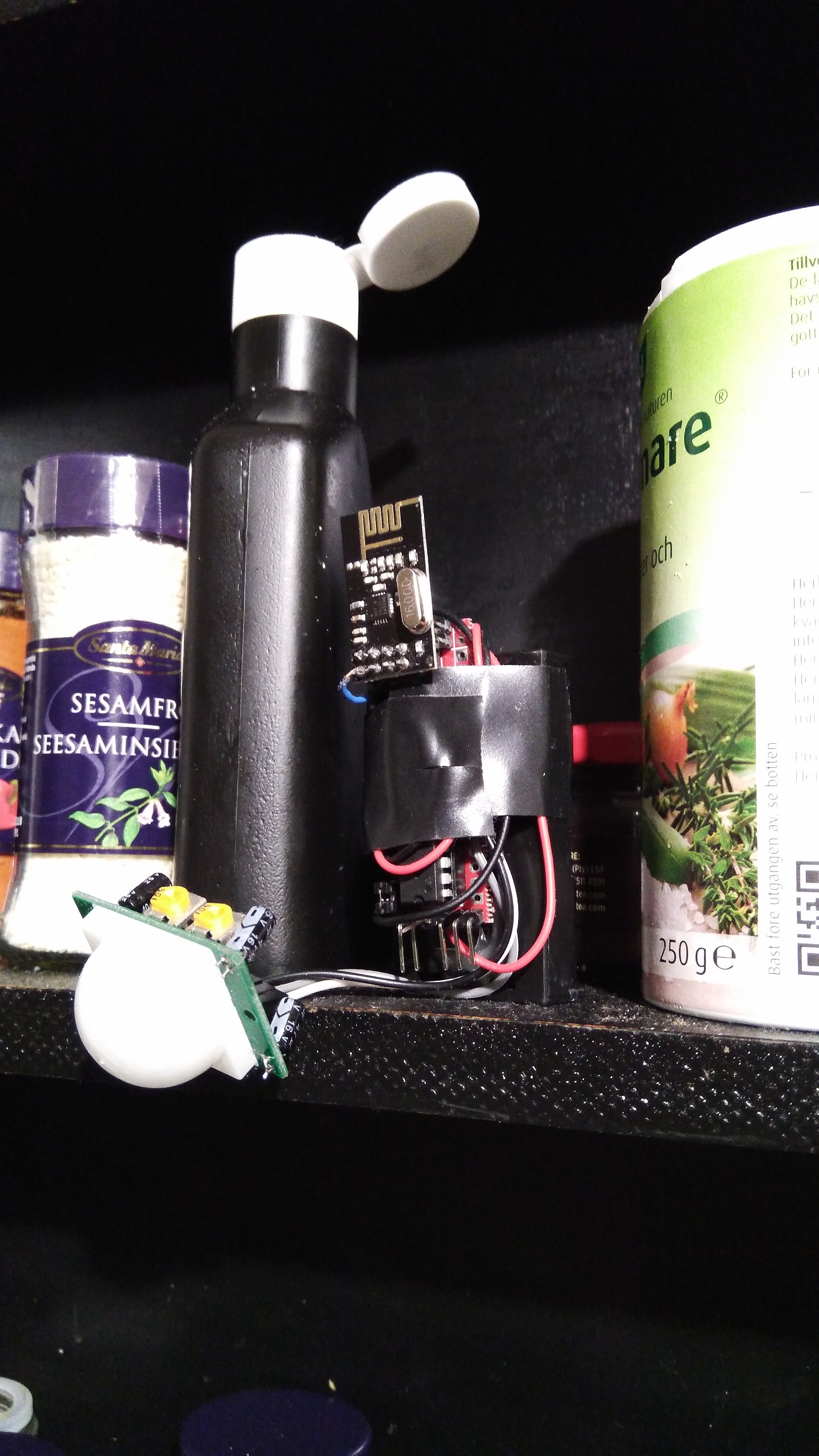
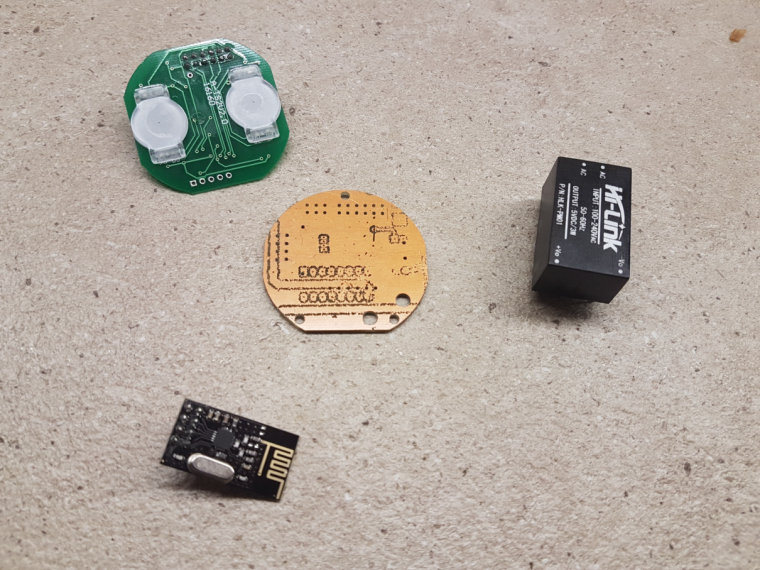
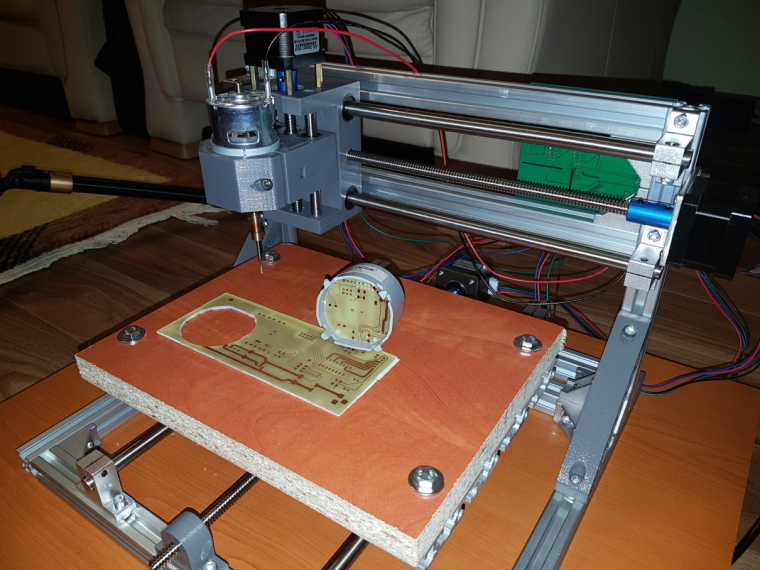
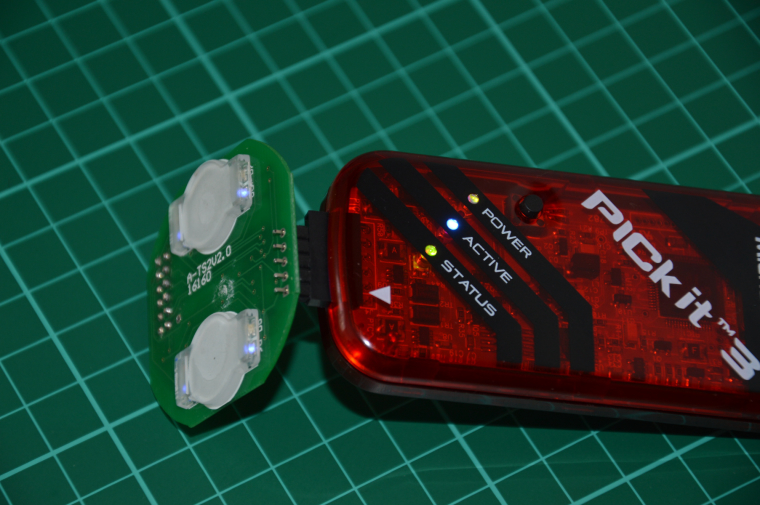

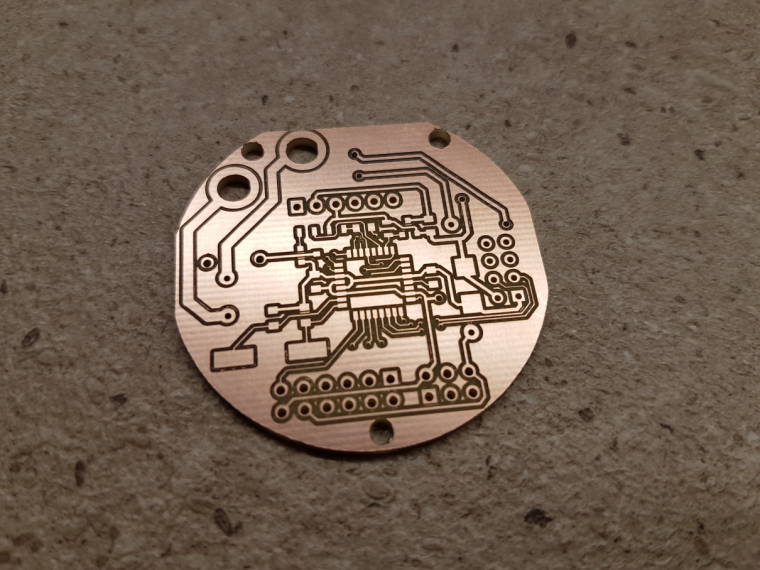
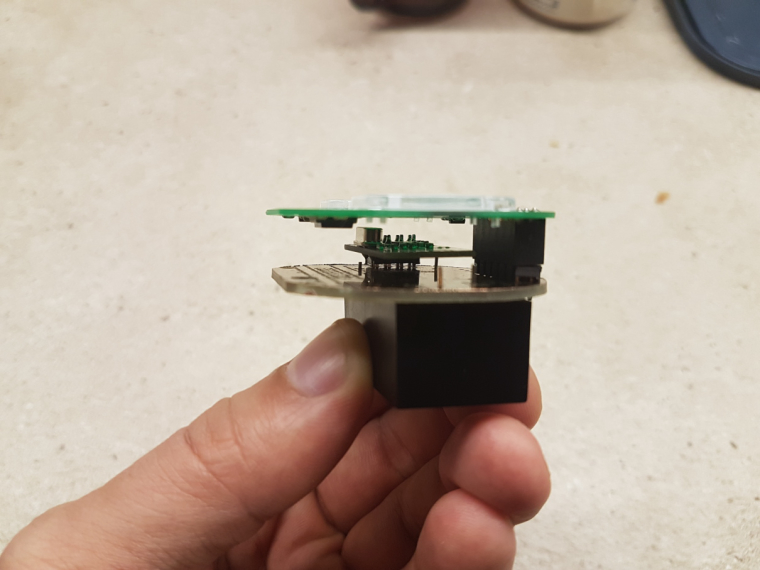 !
!